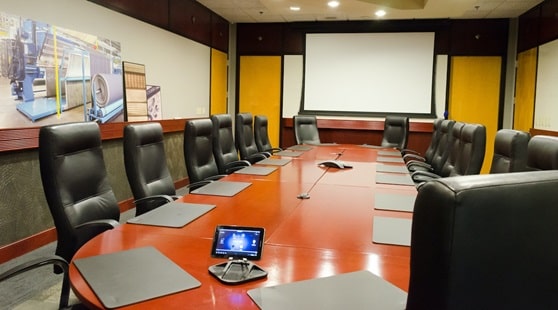Writing an impactful Request for Proposal (RFP) is both an art and a science. It involves a clear understanding of project needs, a knack for persuasive yet detailed writing, and a methodical approach to providing information that potential bidders need to know. Whether it’s for procuring goods, services, or solutions, a well-crafted RFP can make all the difference in attracting high-quality responses. In this article, we guide you through the essentials and offer tips to fully enhance your next request for proposal (RFP).
Understanding the Purpose of an RFP: What Makes it Impactful?
An RFP’s primary objective is to provide a structured way for organizations to solicit proposals from potential suppliers or contractors. To make the RFP impactful, it’s crucial to identify your organizational needs precisely and state them unambiguously. Winning bidders need to understand exactly what they are expected to deliver.
Moreover, an impactful RFP must define and provide specifics on project objectives, scope, deliverables, timeline, guardrails, and evaluation criteria. It allows bidders to accurately estimate the resources they need, giving them a clear understanding of your expectations. It minimizes uncertainties and facilitates the creation of proposals that align with your requirements.
Key Elements to Include in Your Request for Proposal
Every well-crafted RFP contains certain key elements. The organization overview gives potential bidders an idea about your organizational background and operations. It helps them understand your culture and values, providing context for the project.
The purpose of the project outlines why the project is essential and what problem it aims to solve. Bidders need to know this to propose the most effective solutions. Similarly, providing a detailed project description with clear specifications on deliverables helps bidders to size up the scope and complexity of the work involved.
Finally, the evaluation and selection criteria define how you plan to judge each proposal. Transparent criteria will ensure fair competition and allow bidders to adjust their proposals accordingly.
The Art of Writing Detailed Project Descriptions in RFPs
The project description is perhaps the most critical section of your RFP as it helps bidders understand what is expected of them. Start with an overview of the project, outlining its purpose and its desired outcome. Be clear, concise, and specific.
Detailed specifications are helpful to bidders, ensuring that they understand the exact requirements. Describe what needs to be done, the expected outcome, and any constraints or requirements you might have. For example, include any specific technologies to be used, or industry standards that need to be adhered to.
Revealing Secrets to Craft Deadlines and Budgeting in RFP Effectively
Establishing firm deadlines is a vital element of any successful RFP. Make sure to specify when you expect the project to start and the dates for each phase’s completion. This timeline gives potential bidders a real sense of the project’s pace and intensity. It allows them to accurately determine whether they can fulfill your requirements within the specified timeframe.
Keep in mind, that timelines should be realistic. Unrealistic deadlines can lead to rushed work and poor-quality outcomes. By providing a reasonable timeline, you encourage suppliers to offer their best quality work.
Implementation of Proper Evaluation Criteria: A Must for Impactful RFP
An impactful RFP requires a dynamic, fair, and transparent approach to evaluation. Calculate and assign weight to each criterion based on your project priorities. Define evaluation criteria that are tailored to the project’s needs and ensure they are as objective as possible.
If pricing is your priority, make it a high-weighing parameter in your evaluation. Similarly, if quality, sustainability, or innovation is your key focus, the bidders need to know that. The defined criteria will guide bidders in structuring their proposals to match your needs.
In conclusion, an RFP isn’t just a document; it’s a communications tool that tells potential suppliers exactly what you want, ensuring that you get it. In a world where results matter, an impactful RFP can set the stage for successful projects and fruitful relationships.



